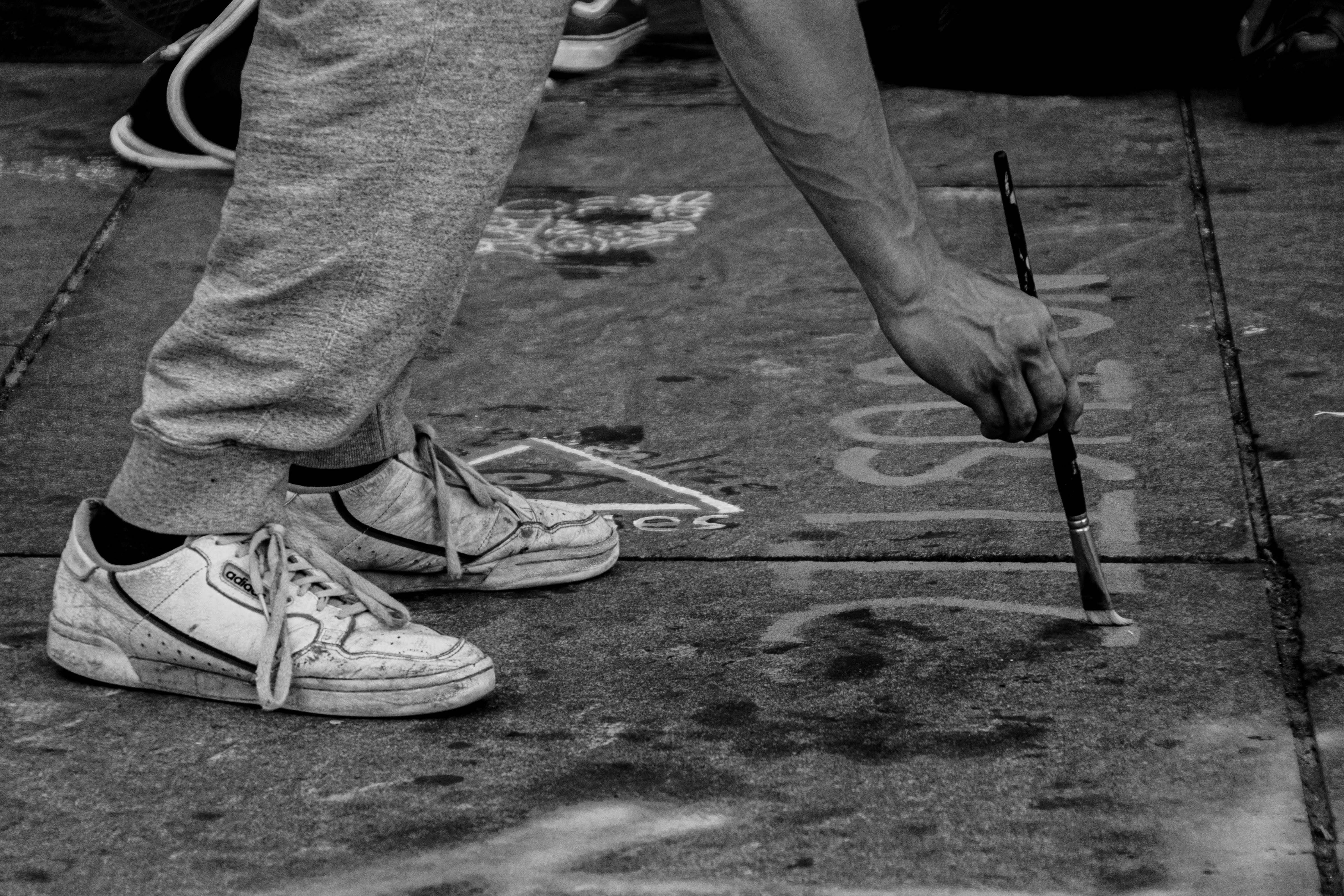
Rare American Coins and How to Spot an Altered Morgan Silver Dollar
The vast majority of Morgan dollar counterfeits are less expensive issue altered specimens to mimic low-supply, high-demand counterparts. The most commonly modified Morgan dates are: 1884-S, 1886-O, 1889-CC, 1892-S, 1893-S, 1894-P, 1895 proof, 1895-S, 1896-O, 1896-S, 1897- O, 1901-P, 1903-S and 1904-S.
There is not enough space in an article like this to go into much detail about all the tiny distinctions between Morgan dollar issues. What I do want to point out is that determining whether the coin you are looking at is real or fake is pretty easy when you know what to look for.
The most common gift for altered silver dollars is that the mint mark is not part of the field, but rather sticks. In the case of the removal of the mint mark, the flux lines circulate or in a mint mark that no longer exists. Tracking flow lines requires a large magnification.
A complete knowledge of how each issue of currency was produced is essential to detect its alterations. Study where the die cracks appeared on the genuine coin, they will not appear on the altered piece.
Often there are small grooves in the die or polished areas that are present on each coin of a particular mint or variety of dice, which will not show up in the alteration. Dies are easy to spot when you know what to look for.
Peppermint marks can be telltale signs of tampering. For example, a small rounded “S” was used from 1879 to 1900 and a different style “S” was used from 1901 to 1904.
Observing the subtle differences in Morgan dollars is a primary way to detect a forgery or alteration. A genuine 1893-S will have the “1” in the date placed directly in line with a denticle on the edge. The “3” in 1893 is slightly higher than the other numbers and is also lined with a denticle.
An 1894-O is often masqueraded as an 1894-P by removing its mint mark. For starters, look for features like the venerable, feeble New Orleans strike. A genuine 1894-P has a hard hit and 2 grooves on the LIBERTY “R”.
The sizes and characteristics of the tires are different between some of the mints. That is, the San Francisco Morgans have a flattened, rounded edge, while the Philadelphia specimens had a sharp, almost wire-like edge.
It is helpful to have detailed, close-up photos of the coins you want to authenticate. There is a lot of detailed information about the unique characteristics that genuine coin possesses that an altered coin does not possess. A good reference is the PCGS book: “Official Guide to the Classification of Coins and Detection of Counterfeits”.
When you have reliable information on the genuine item, comparing the currency you are validating is fairly straightforward. There is some personal satisfaction in validating or condemning a coin. Check out my other articles on counterfeit detection for other ways to test the authenticity of coins.